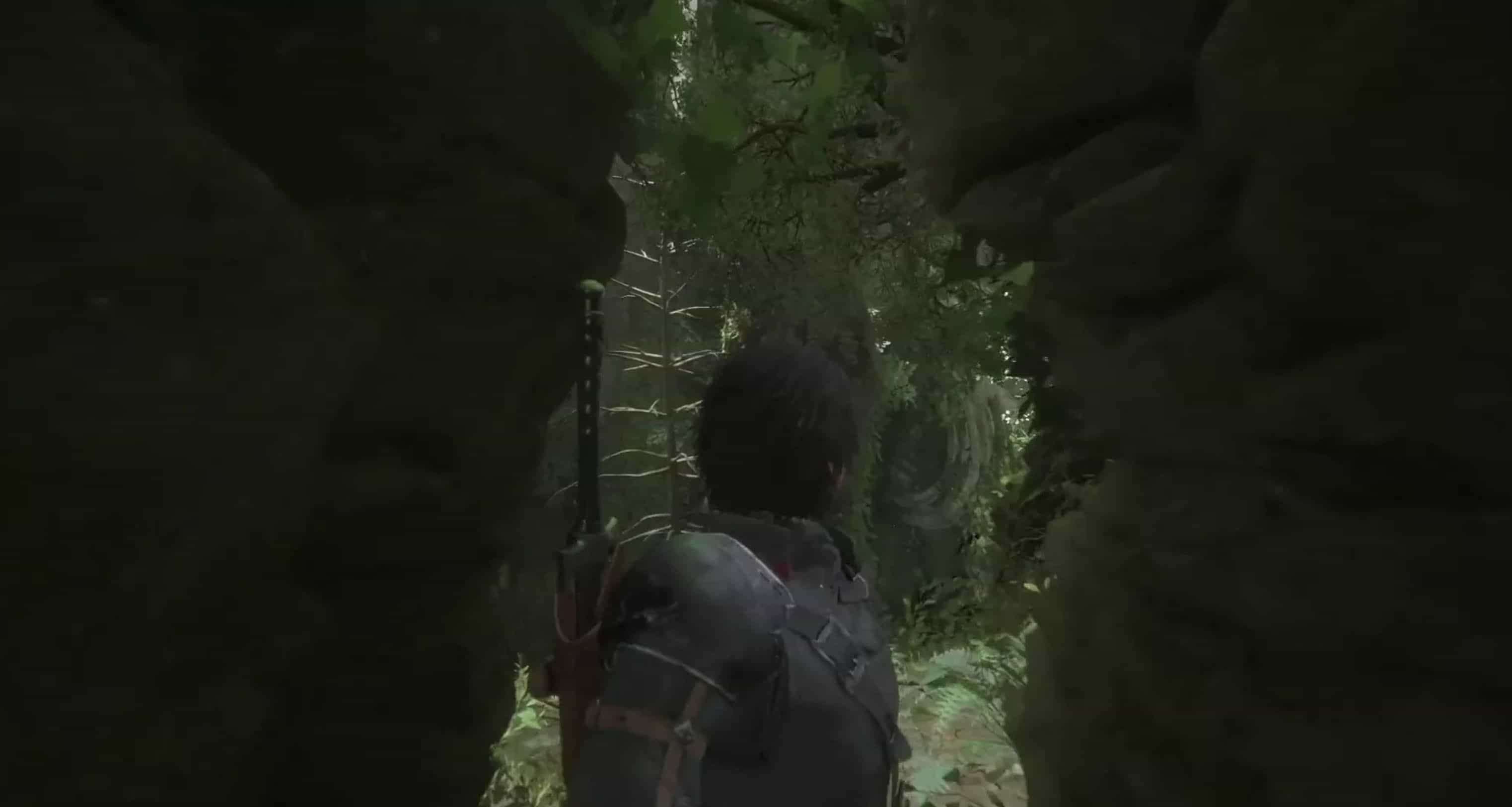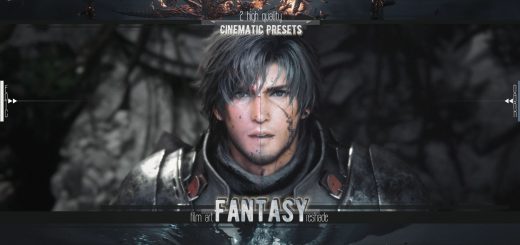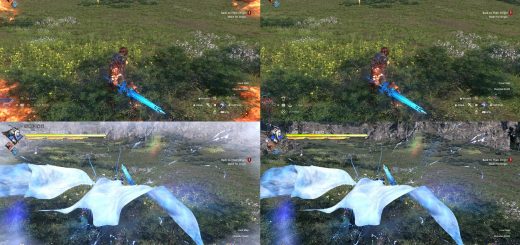Final Fantasy 16: Reignites an exhausting debate
A recent short clip from Final Fantasy 16 has highlighted the presence of narrow spaces to navigate, reigniting a long-standing debate in the gaming community.
Shared by the Japanese Final Fantasy 16 Twitter account, the clip showcases how Torgal, your canine companion, assists in locating points of interest within the game. In this instance, Torgal directs attention to a gap in a wall leading to a hidden area. However, the main focus has been on Clive’s animation as he squeezes through the tight space.
主人公クライヴの相棒、トルガルをご紹介🐺Part2
探索の心強い味方!ボタンひとつで誘導してくれます。『ファイナルファンタジーXVI』
🔔予約受付中🔔https://t.co/6BciWXOPkt #FF16 pic.twitter.com/KmsisjJbbY— FINAL FANTASY XVI (@FF16_JP) March 22, 2023
This type of animation has been featured in countless video games over the past decade, including Uncharted, Tomb Raider, The Last of Us, God of War, and Star Wars Jedi: Fallen Order. Essentially, any modern third-person game is likely to include a scene where the camera zooms in on the character as they navigate a narrow passage.
The clip has quickly generated a range of reactions within the gaming community. Initially, those predisposed to disliking Final Fantasy 16 ridiculed the feature, followed by others expressing frustration with the prevalence of such tight spaces in contemporary games. Eventually, a counter-backlash emerged, downplaying the significance of a brief squeezing animation.
To view the full spectrum of reactions, visit relevant sections of Reddit (opens in new tab) or Twitter (opens in new tab). Many of these discussions hinge on the assumption that these narrow passages serve to mask loading screens. While this seems plausible, it has never been definitively confirmed. In fact, developers have previously refuted this notion, suggesting that these tight spaces are designed to control pacing and demarcate segments of levels.
Ultimately, the purpose behind these narrow passages may not matter much to players, except for managing expectations about their prevalence in gaming. As a widely recognized and somewhat irritating design trope, these tight spaces often serve as a minor obstacle before reaching a more engaging part of a game. While games will always require methods to regulate the pace of exploration, the hope is that future design techniques will be less conspicuous than the infamous narrow passage.





